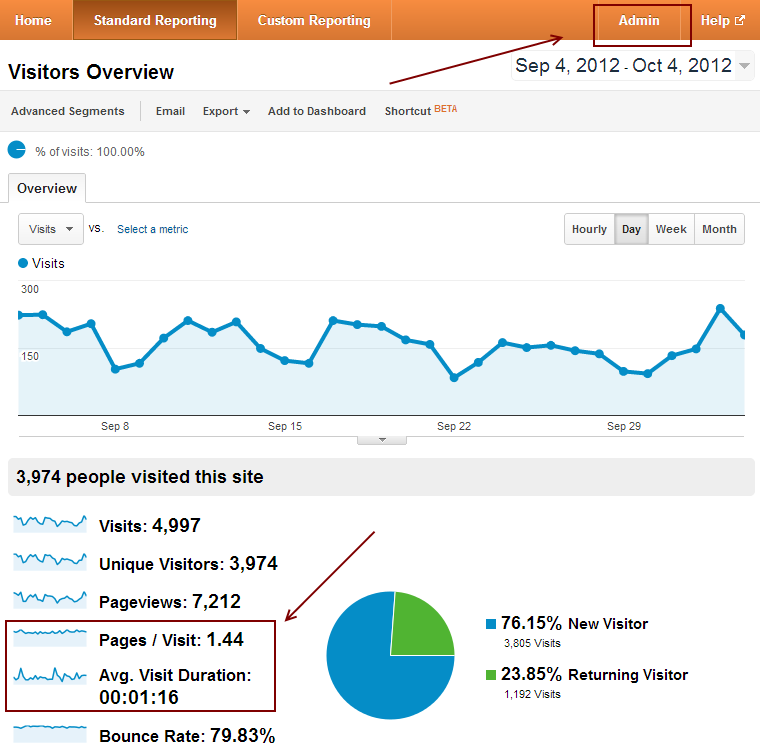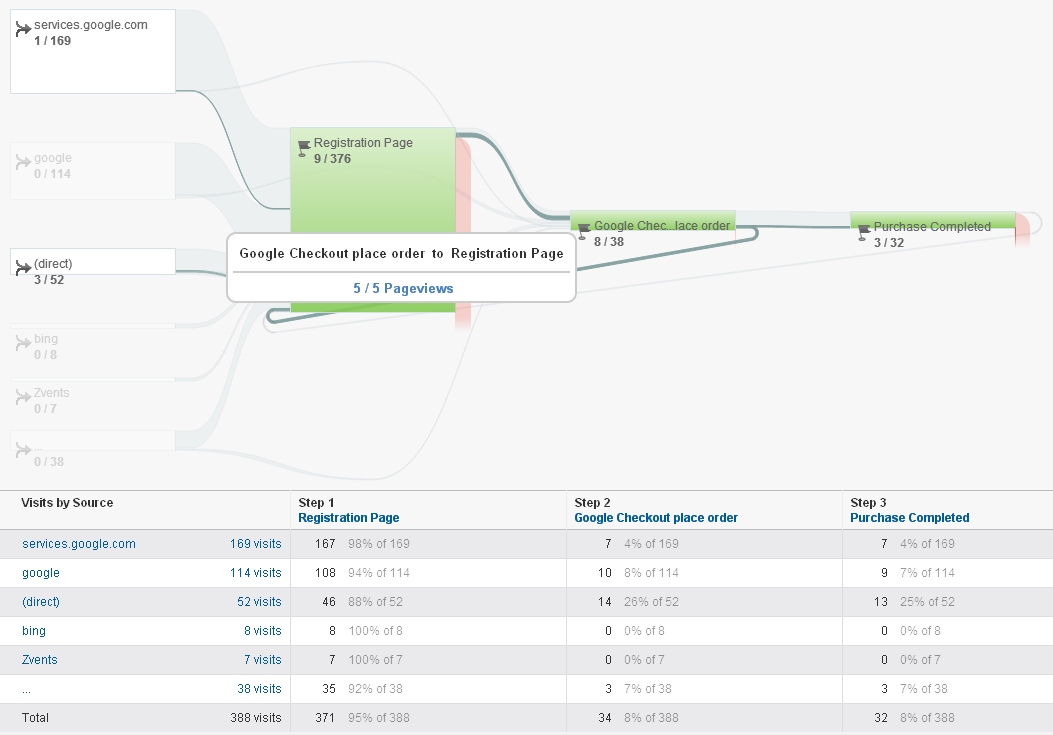What Data Is Google Analytics Goals Unable to Track: Learn the Limitations
Debunking Google Analytics Limitations: Discover What Information Goals Can not Track
In the world of electronic analytics, Google Analytics stands as a powerful tool that offers important understandings right into site performance and user habits. In the middle of its abilities, there exist limitations that frequently go unnoticed. Recognizing what Google Analytics can not track is essential for a comprehensive understanding of data analysis and decision-making processes. From the ins and outs of customer interaction with vibrant content to the intricacies of cross-device user journeys, these constraints clarified areas that may continue to be obscured from conventional analytics point of views. By deciphering these restraints, a clearer picture emerges, permitting even more enlightened methods and improved insights right into customer interaction and conversions.

Individual Interaction With Dynamic Web Content
Individual interaction with vibrant material plays a crucial role in understanding customer habits on web sites and optimizing the overall user experience. By tracking individual interactions with vibrant material, site proprietors can obtain useful insights right into user interaction, preferences, and behaviors - what data is google analytics goals unable to track.
Google Analytics offers various tools to track customer interactions with vibrant material, such as event monitoring and online pageviews. Event monitoring allows you to keep track of specific individual activities, like clicking a button or watching a video clip, giving data on exactly how customers connect with dynamic components.
Cross-Device User Journeys
Just how can contemporary analytics devices track the complex paths customers take across several tools in their on-line trips? Cross-device user journeys provide a considerable challenge for tracking and analyzing individual actions properly. As users interact with applications or sites using various tools such as desktops, smart devices, and tablet computers, it becomes essential to comprehend exactly how they relocate between these platforms to enhance customer experience properly.
Google Analytics deals with constraints in tracking cross-device user journeys as a result of privacy concerns and technological restraints - what data is google analytics goals unable to track. While it can offer insights right into private tools' interactions, tracking a seamless individual trip throughout multiple devices continues to be a difficulty. This constraint can cause incomplete data and fragmented customer understandings, making it tough for businesses to produce a unified sight of the client trip
To resolve this concern, companies can make use of sophisticated analytics devices that supply cross-device monitoring capacities, enabling them to acquire a much more alternative understanding of individual actions. By leveraging these devices, companies can bridge the space in tracking cross-device individual trips and optimize their digital approaches for a seamless user experience.
Offline Conversions and Attribution
As companies browse the difficulties of tracking cross-device customer journeys, an additional pivotal aspect to think about is the realm of offline conversions and acknowledgment in the realm of data analytics. While Google Analytics offers valuable understandings into online user behavior, it falls short when it involves tracking conversions that occur offline. This limitation postures a substantial challenge for organizations that have both online and offline sales channels.
Offline conversions, such as purchases made in physical stores or via phone call facilities, are necessary to comprehending the complete consumer trip. Without the capability to associate these offline conversions to specific on the internet interactions, companies might struggle to accurately gauge the effect of their digital advertising initiatives.
To resolve this gap, companies can check out alternative solutions such as integrating CRM systems with on-line analytics tools or making use of distinct coupon codes that can be traced back to online campaigns. By connecting the gap in between online and offline data, businesses can acquire an extra comprehensive understanding of their customers' habits and improve their general advertising techniques.
Individual Customer Recognition
In the realm of data analytics, the capability to accurately identify private users throughout different on-line touchpoints is an essential challenge for businesses looking for to customize and maximize their marketing methods. While Google Analytics gives important understandings into user habits and interactions, it falls short in enabling the recognition of certain individuals due to personal privacy worries and technological limitations. Google Analytics makes use of distinct identifiers such as this content cookies to track customer sessions and behavior, however these do not equate to determining individual users in a personal feeling.

Data From Secure Pages
In spite of the raising prevalence of safe web pages on internet sites, acquiring information from these encrypted sources offers an unique difficulty for electronic analytics platforms like Google Analytics. Secure pages, suggested by HTTPS in the URL, secure data traded between the user's web browser and the internet site's web server to ensure privacy and safety. While this file encryption is essential for shielding sensitive information, it additionally positions limitations for tracking individual actions and gathering analytics information.
Google Analytics deals with barriers in gathering in-depth info from safe and secure web pages due to the encryption methods in position. Consequently, particular information factors such as recommendation resources, keyword searches, and also some individual communications might not be fully caught when users access a website with a protected connection. This constraint can impact the precision and completeness of the data evaluation, resulting news in spaces in understanding individual habits and preferences on safe web pages.
To navigate this obstacle, electronic analysts may need to check out alternative monitoring methods or utilize various other tools particularly developed to collect understandings from protected pages. By adapting methods to fit these restrictions, services can still derive valuable analytics in spite of the restraints offered by encrypted connections.
Final Thought
In verdict, Google Analytics has limitations in tracking individual interaction with vibrant material, cross-device individual trips, offline conversions, private customer recognition, and data from safe and secure web pages. Regardless of its important insights, Google Analytics might not provide a total photo of individual interaction across various touchpoints.
Customer interaction with dynamic content plays a vital role in recognizing customer actions on internet sites and enhancing the overall customer experience. By tracking user communications with vibrant content, website proprietors can obtain useful understandings right into individual look these up interaction, preferences, and behaviors.
Google Analytics uses unique identifiers such as cookies to track individual sessions and actions, yet these do not correspond to recognizing specific customers in a personal sense.
As a result, certain data factors such as recommendation sources, keyword searches, and even some individual interactions may not be totally captured when users access a site via a secure connection.In conclusion, Google Analytics has constraints in tracking customer interaction with dynamic content, cross-device individual journeys, offline conversions, private user recognition, and data from safe pages.